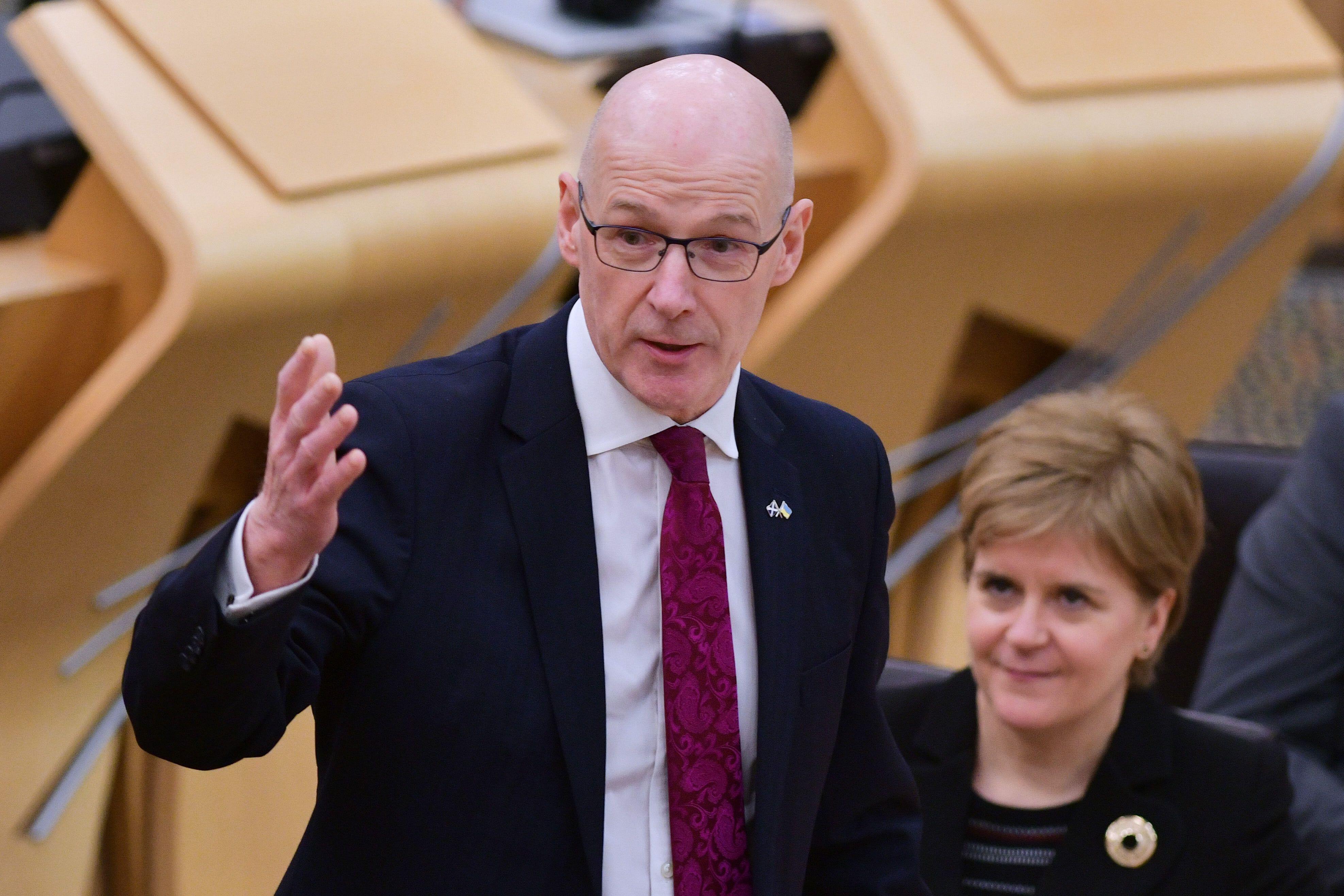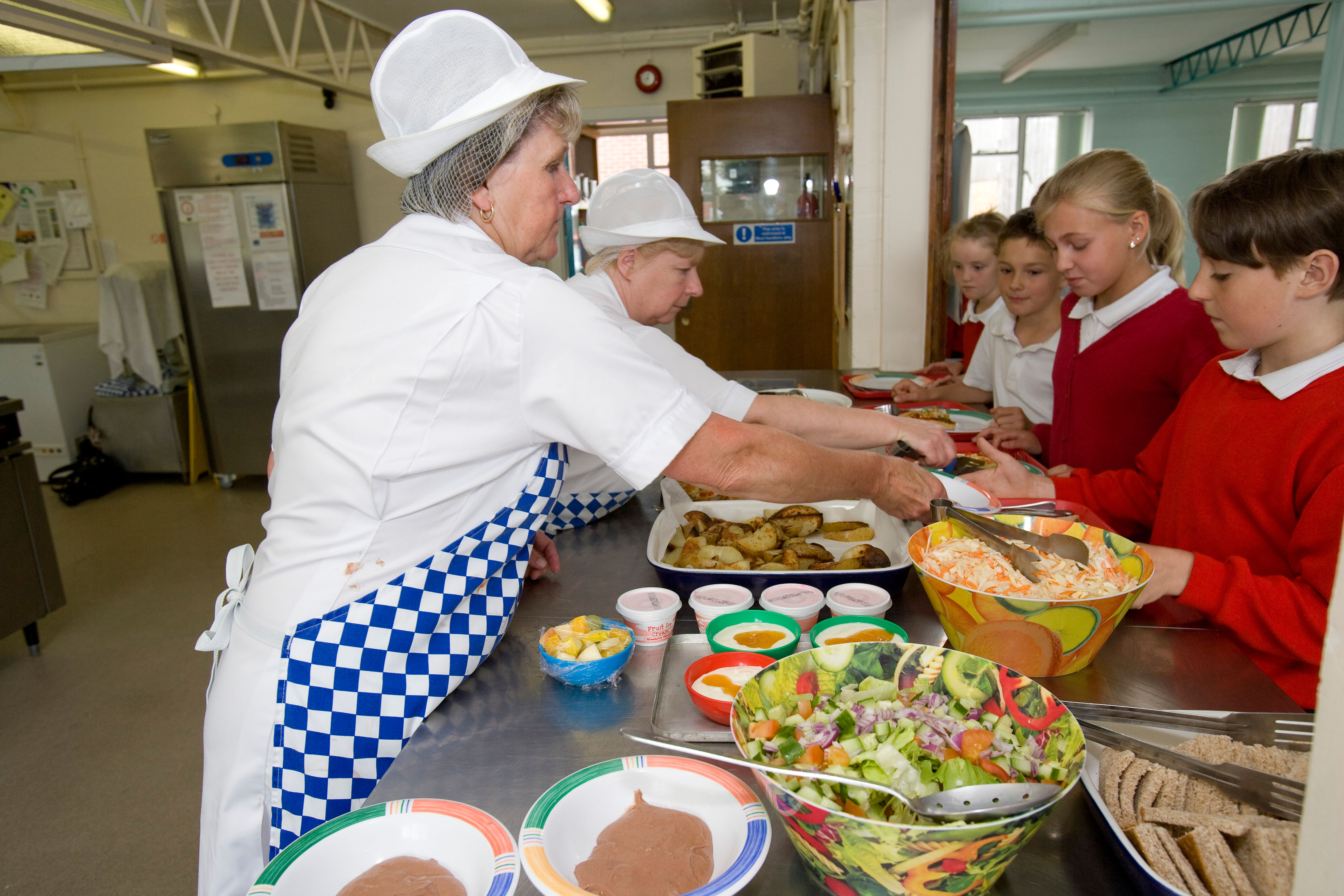Humza Yousaf has promised a New Deal for local government. Will it work?
Even before Humza Yousaf became First Minister, he promised to reset the relationship between the Scottish Government and the country’s councils.
As an SNP leadership candidate, Yousaf pledged to “negotiate a Bute House-type agreement with local government” if chosen as Sturgeon’s successor, inviting councillors into “political cabinet”, maximising local autonomy on spending, empowering communities and improving financial support for councillors “to boost diversity”.
That work, it seems, is underway. Outlining his priorities for government, Yousaf announced his intention to “implement a New Deal for Local Government to help us to work together more effectively”. MSPs will be asked to vote on giving councils tourist tax powers, he said, and an ongoing consultation could lead to higher council tax on second and empty homes. “I hope that it demonstrates to local authorities that we see them as essential partners in helping us to achieve our ambitions for Scotland in the years ahead,” he told the chamber.
Two months on from that initial pledge, and negotiations for that New Deal for Local Government have begun. Where responsibility for local government formed part of a shared portfolio in the last Sturgeon administration, Yousaf has given it a minister all to itself. Joe FitzPatrick, returning to the frontbench as local government empowerment minister, is said to have impressed officials at talks with partner Cosla (the Council for Scottish Local Authorities) with his focus and enthusiasm.
But it’s early days, and Holyrood understands the two sides are “nowhere near” agreeing the first draft of an agreement which could iron-out longstanding differences between central and local government, and which it is hoped will be in place by 2026.
Earlier this year, Cosla accused the Scottish Government of creating “a funding crisis in local government the likes of which have never been seen before” and failing to present “clear and consistent facts” about how much money is really available to cover bins, roads, schools, leisure and more.

Local authorities face a £400m funding gap, the Accounts Commission found in a report released in January, noting that “an increasing amount of council funding is either formally ringfenced or provided on the expectation it will be spent on specific services and national policy objectives”. William Moyes, chair of the independent body, said it is “clear that the financial situation of councils is increasingly fragile” and Katie Hagmann, the SNP councillor and Cosla resource spokeswoman, hit out at both the “socially harmful impact of cuts on our communities” and “the way in which local government finance has been presented to them”. “The messaging is that there is money for essential services each year despite this not being the case,” Hagmann said.
Scottish Government assurances that it has boosted funding in real terms by £2.2bn since 2013-14 and has “listened to councils” have, it seems, failed to convince those at the sharp end of local democracy. And so there’s a lot riding on this promised New Deal. If FitzPatrick and his team can pull together a prospectus that works for council leaders from Lerwick to Dumfries, it could usher in a new dawn for relations between these two spheres of government.
There has been, says Dr Jonathan Carr-West of the Local Government Information Unit thinktank, “intense dissatisfaction from local government”, some of which has been masked by the fact that so many councils are led by SNP groups. “There is a sense that the Scottish Government has been fairly centralising,” he tells Holyrood. “Local government increasingly feels it’s being treated as a delivery arm of the Scottish Government.
“Does local government work for central government or not? It sort of does, and it completely doesn’t.
“People were quite pleased to see this promise. The fact that government felt the need to do that shows you that things weren’t quite where they should be.”
The total settlement for local government in the 2023-24 budget is close to £13.5bn. Before stepping down as deputy first minister and finance secretary, John Swinney committed an extra £223m to support pay awards for staff, including £123m to meet the rise agreed with teaching unions which has seen salaries increase by 11.5 per cent from April. That came, he said, amidst what was “by far the hardest” budget process he had ever led as the cost-of-living drove calls for more cash to be allocated to almost every area of the public sector.

Those pressures have also been felt across councils and build on established tensions over the ability to raise funding locally to cover social care, planning, libraries and leisure, refuse and recycling, trading standards and licensing. The concerns about financing and centralisation are perhaps more pronounced in England, according to Carr-West, and are repeated internationally too. “The reality is that civil servants and politicians in central government tend to look down at those in local government and think they in national government are the more serious ones. That is pretty pervasive,” he said.
“Central government can’t understand what’s going on on the ground in the granular way that local government can. That creates information asymmetries. They know the world in different ways.”
The question on the New Deal and proposed political cabinet, he says, is whether this will “create a sort of peer forum; is it going to be a conversation among equals?”
Yousaf, who took Deputy First Minister Shona Robison and FitzPatrick into recent talks with Cosla president Shona Morrison and her team, insists it’s partnership he wants. “We will work together, through regular and meaningful engagement, to progress this, explore a new fiscal framework for councils and reform our public services,” he said.
For Morrison’s part, she said she was “very pleased to get a meeting with the new First Minister in his first week in office”, calling the talks “productive and positive”. “I certainly hope we can build a strong working relationship as we jointly go about delivering for the people of Scotland,” she said.
These are the top lines, but there’s been no detail on the meat of the discussions so far. We don’t yet know what this ‘political cabinet’ might look like or when it may be formed. We can’t say by how much pay for councillors – currently set at a basic rate of less than £19,600 – could rise or which specific areas of policy and governance the deal may cover.
FitzPatrick tells Holyrood he looks forward to setting that out with Cosla “once it has been finalised.” “Options on the table include giving councils more discretion on sources of funding which they can then reinvest in their local areas,” he says. “An example is our plan for legislation which, if passed by parliament, would give councils the power to introduce a visitor levy on overnight stays in their area, if they wish to do so after consultation with local communities and businesses.”
On councillor pay, FitzPatrick says he’s waiting for the final report of the Scottish Local Authority Remuneration Committee, which was recently reconvened for a one-off independent review and which will publish its findings some time this year.
“The Scottish Government is fully committed to resetting the relationship with local councils and we look forward to working closely and positively with Cosla as work on the New Deal progresses,” FitzPatrick says.
For Gail Macgregor, the Conservative leader of Dumfries and Galloway Council, that relationship must repair the “erosion of trust” between central and local government. “We are seen more as a delivery arm rather than a partner that’s coproducing the policies,” she tells Holyrood. “When you get to the operational level, our local knowledge is essentially lost.”
Macgregor, who is also Cosla’s environment and economy spokesperson, cites the SNP government’s extension of free school meals as an example. “The Scottish Government had an aspiration, but what they didn’t do was build that aspiration with us; they announced some funding and we said ‘we don’t have capacity within our schools, it will require capital investment, we will need to recruit, it can’t be done overnight’. What we need to do is reset that relationship with government, ensure that they involve us for the role that we play and not put as much restriction on the funding that does come to us. What works for Argyll and Bute doesn’t necessarily work for the Scottish Borders or another area. We need to look at more trust and a greater depth of policy development.”
So what does Macgregor want to see? Among her top asks is “a good budget settlement at the beginning of the year” and multi-year, rather than annual, settlements.

Council leaders are currently involved in a fresh round of pay talks with the Unite, Unison and GMB unions which Macgregor describes as part of a “perpetual round of pay negotiations”.
“It’s always very, very challenging,” she says. “The clear thing for us is through this New Deal we need to impress upon [the Scottish Government] the need for adequate funding. If we can get into multi-year pay deals that would enable us to be doing things around terms and conditions and give our workforce stability.”
There is, however, another key partner to consider in the way councils work: the UK Government. There’s been much debate over its changing role as it distributes Shared Prosperity and Levelling-Up funding to Scotland, with nine authorities awarded a share of the latter this year. At £27m, Shetland Islands Council took the largest slice to pay for a new ferry for Fair Isle – a decision which, like the others, did not result from any “active involvement” between Westminster and the Scottish Government. Meanwhile, there have been calls for the UK Government to devolve responsibility for the Shared Prosperity Fund, which replaces lost EU funding, to allow that cash to “flow to regions and communities in line with shared Scottish policies, designed to best serve Scottish needs”. It’s worth £55m in 2023-24 and £125m the following year.
“The UK Government have been for the most part pretty constructive and very valued,” Macgregor says. “The Scottish Government doesn’t like that it’s been bypassed in this process. Local government is not going to turn down any money that’s offered to it, that’s a statement of fact.”
The UK Government “has created quite a neat little political trap” for Scottish councils to negotiate, Carr-West says. “Whether that’s a conspiracy or an accidental by-product is hard to say.” He argues that it’s “not hard to see an agenda to cut out the Scottish Government” and that grant settlement through competitive bidding “is not a strategically coherent way to fund local government”.
It is, he says, an example of the complexity of the relationships between spheres of government. Could the New Deal make that even knottier? “It’s already complicated,” says Carr-West. “Either you are creating another layer or you could say you are creating a space in which you can work through that complexity.
“These things are only as good as the way in which people treat them,” he goes on. “If it’s just a space in which local government makes its case to central government and central government restates its case, that hasn’t really taken you very far. I’m framing that as a risk, not a reality.”
Holyrood Newsletters
Holyrood provides comprehensive coverage of Scottish politics, offering award-winning reporting and analysis: Subscribe